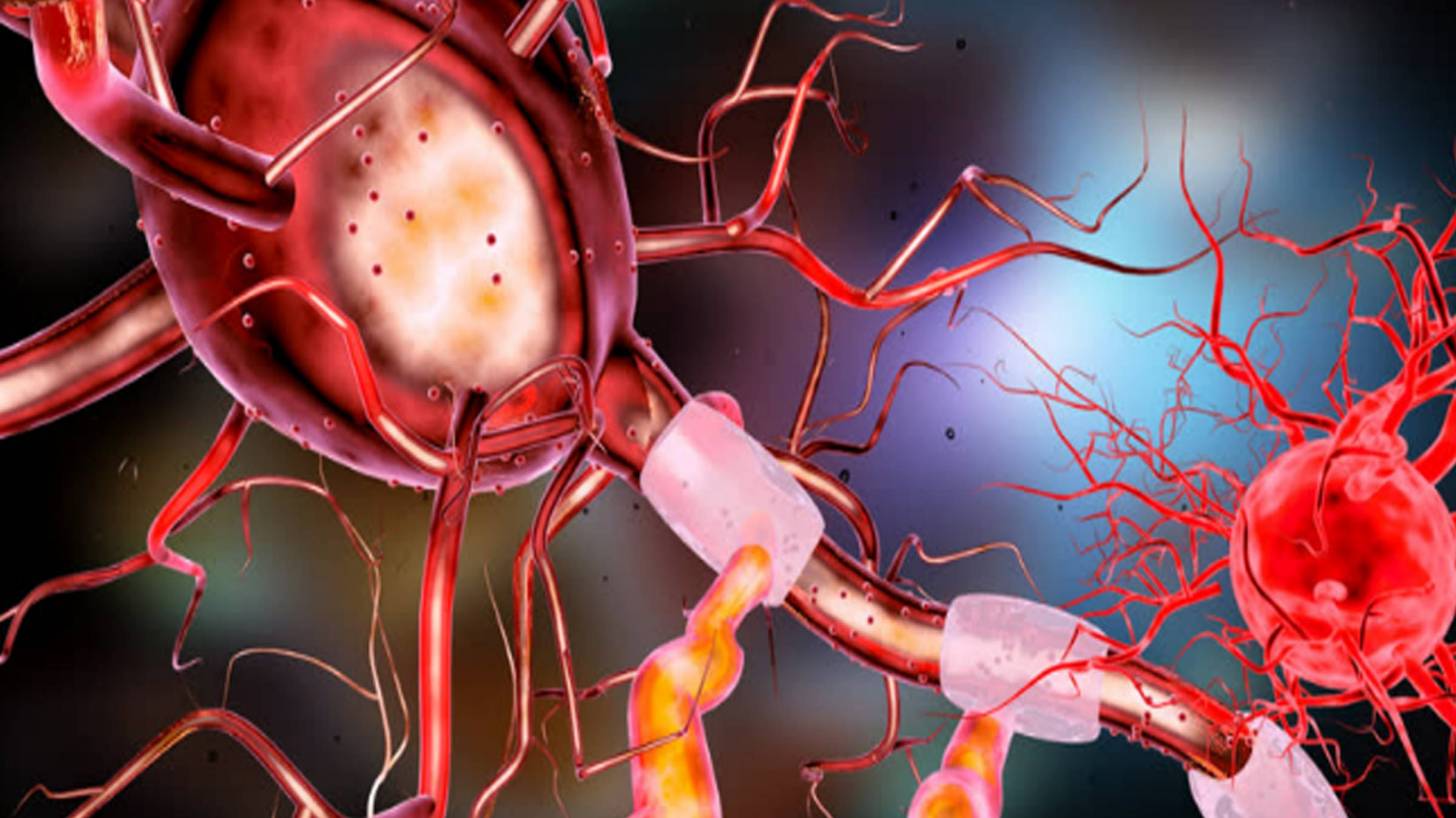Potential Glioblastoma Treatment Identified

Connecticut based Yale University researchers announced that they have found a novel way to circumvent the brain’s natural defenses when they’re counterproductive by slipping immune system rescuers through the fortresses’ drainage system.
According to these Yale researchers, the brain is a sort of fortress, equipped with barriers designed to keep out dangerous pathogens.
But, this protection comes at a cost.
These barriers interfere with the immune system when faced with dire threats such as glioblastoma, a deadly brain tumor for which there are few effective treatments.
While the brain itself has no direct way of disposing of cellular waste, tiny vessels lining the interior of the skull collect tissue waste and dispose of it through the body’s lymphatic system, which filters toxins and waste from the body.
These vessels form shortly after birth, spurred in part by the gene known as vascular endothelial growth factor C, or VEGF-C.
It is this disposal system that researchers exploited in the new study published in the journal Nature.
Published in a press release on January 15, 2020, senior corresponding author Akiko Iwasaki, Ph.D., the Waldemar Von Zedtwitz Professor of Immunobiology, said, “People had thought there was very little the immune system could do to combat brain tumors.”
“There has been no way for glioblastoma patients to benefit from immunotherapy.”
Yale’s Jean-Leon Thomas, Ph.D., associate professor of neurology at Yale and senior co-corresponding author of the paper, wondered whether VEGF-C might increase immune response if lymphatic drainage was increased.
And wanted to see if VEGF-C could specifically be used to increase the immune system’s surveillance of glioblastoma tumors.
Together, the research team investigated whether introducing VEGF-C through this drainage system would specifically target brain tumors.
In this study, the team introduced VEGF C into the cerebrospinal fluid of mice with glioblastoma and observed an increased level of T cell response to tumors in the brain.
When combined with immune system checkpoint inhibitors commonly used in immunotherapy, the VEGF-C treatment significantly extended the survival of the mice.
In other words, the introduction of VEGF-C, in conjunction with cancer immunotherapy drugs, was apparently sufficient to target brain tumors.
“These results are remarkable,” Dr. Iwasaki said.
“We would like to bring this treatment to glioblastoma patients. The prognosis with current therapies of surgery and chemotherapy is still so bleak.”
The study was primarily funded by the Howard Hughes Medical Institute and the National Institutes of Health.
Other Yale authors of this study included Tianyang Mao, Huiping Dong, Ligia Simoes, Braga Boisserand, and Marcus Bosenberg. Salli Antila and Kari Alitalo of the University of Helsinki are also authors.
No conflicts of interest were disclosed.
Glioblastoma Treatment news published by Precision Vaccinations.
Our Trust Standards: Medical Advisory Committee

























